Welcome to the world of personal air conditioning
Posted on 21 October 2024 by Guest Author
This is a re-post from the Climate Brink by Andrew Dessler. This is part two of his series on air conditioning. Part one can be found here.
Let’s look at Houston’s summertime temperatures:
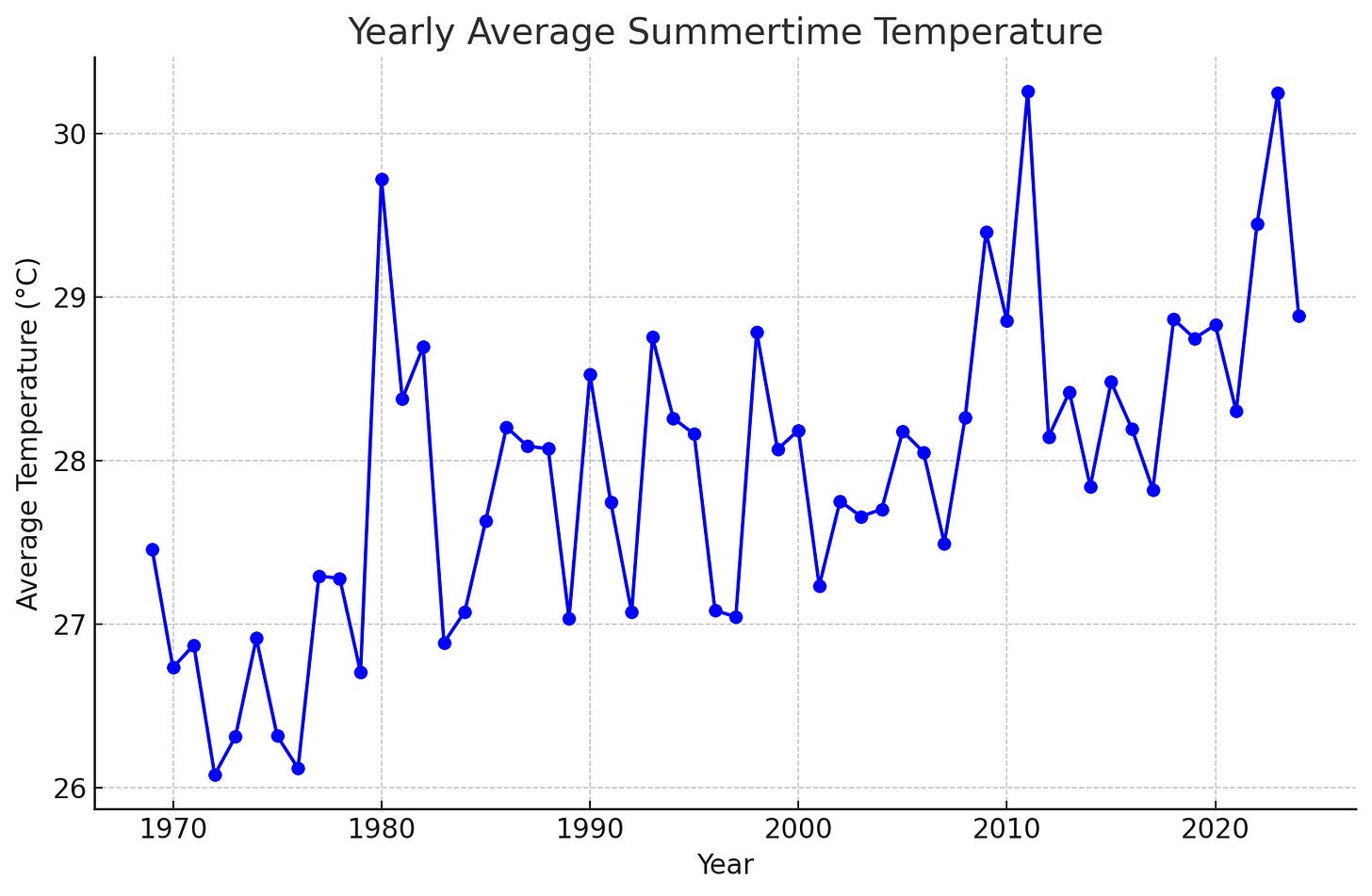
Wow, Houston has warmed a lot in the summer. In the 1970s, summers were about 3C (5F) cooler than they are today, enough to turn a 97F day into a 102F day, which is a huge difference.
I grew up in Houston in the 1970s and I can personally confirm that summertime Houston was always hot, but you were not a prisoner of air conditioning like you are now.
Given this warming, it was probably inevitable that personal cooling devices, designed to cool you and only you, would become more popular. Let’s go over some of this new technology.
For example, here are neck fans:
Some of these neck fans only blow air, while others have thermo-electric coolers that chill plates in contact with your skin. You can spend hundreds of dollars on the most expensive of them.
These neck fans don’t look very effective and reviews basically confirm that. They may work indoors or in moderate outdoor heat but, in extreme (Texas) heat, forget about it.
Given the intense heat, I bought a cooling collar for my dog when I take him on walks:
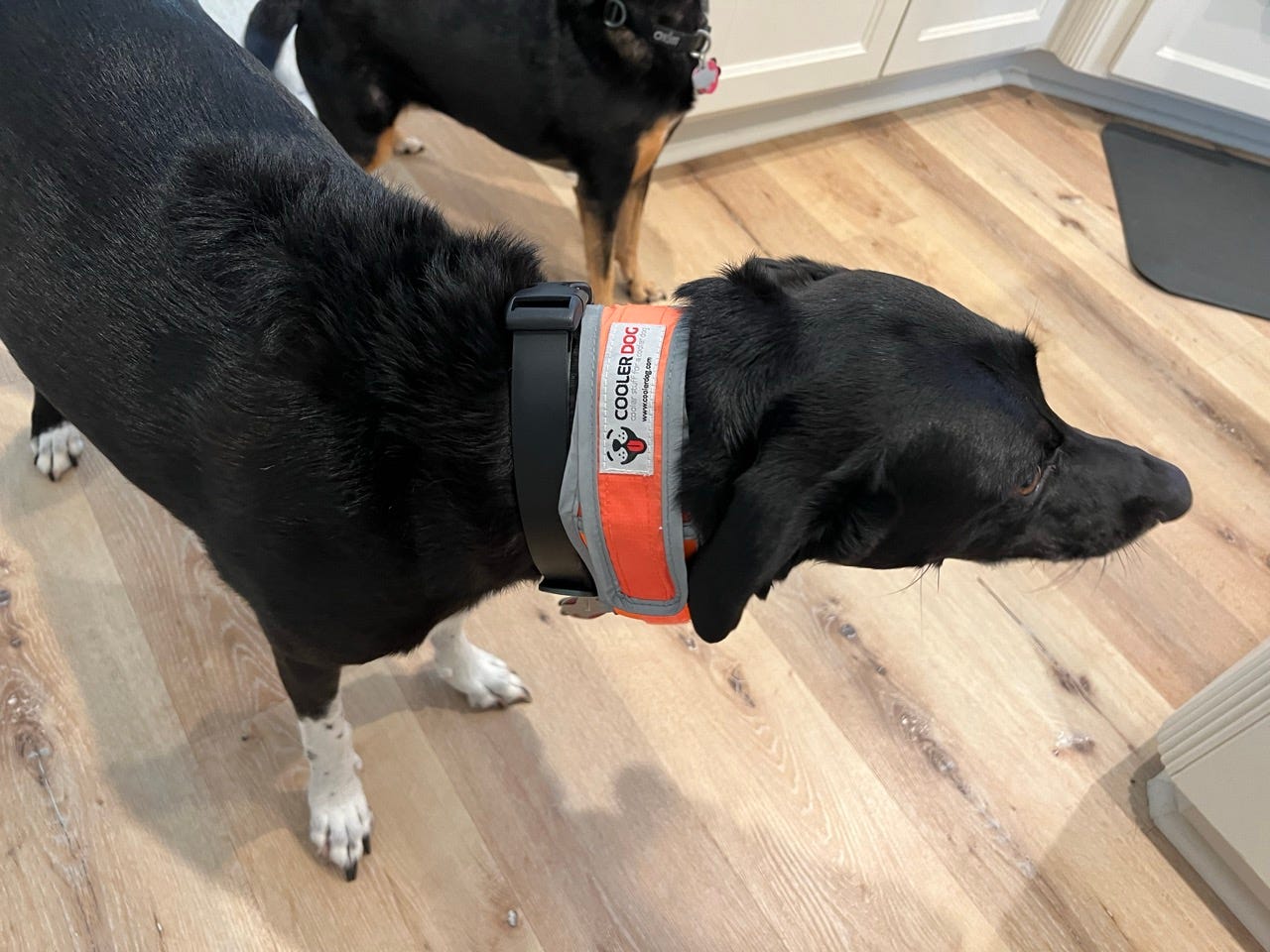
It’s basically just an ice pack that goes around his neck. Again, this is a product that wasn’t widely used in the cooler climate of a few decades ago, but which is becoming increasingly popular as temperatures rise.
Going camping? You can buy an air conditioner for your tent:
When I was a kid, no one needed to air condition their tent because it just wasn’t that hot, especially at night. But nights have been warming extremely rapidly — Houston summer nights are 4C (7F) warmer today than in the 1970s. And this leads to the need for people to air condition their tents.
Going to watch your kid play soccer on a summer afternoon? You may need a “cooling chair”: a device to pump cold water through your chair to keep you cool. It also has a shade on it to keep you out of direct sunlight.
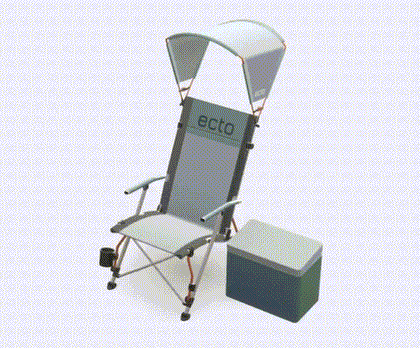
Key Takeaways
We’ve only had 1.3C of global average warming, but it’s enough to popularize the entire category of personal cooling devices. So when people say, “You won’t even notice 1C of global warming,” the market tells us that that’s absolute bullshit.
As the climate continues to warm, it’s inevitable that this product category will expand. Eventually, I predict that the rich will start wearing actively cooled clothes to stay comfortable, particularly in regions that are approaching human limits of survivability (e.g., Middle East, Indian subcontinent, Phoenix).
Such a garment could resemble that worn by astronauts: a cooling garment that circulates a cool liquid around their body, keeping their body temperature regulated.
A cooling outfit like this won’t be cheap. This means the wealthy will stay cool no matter the heat, but the rest of humanity will be left to do what they’ve always done: suffer.
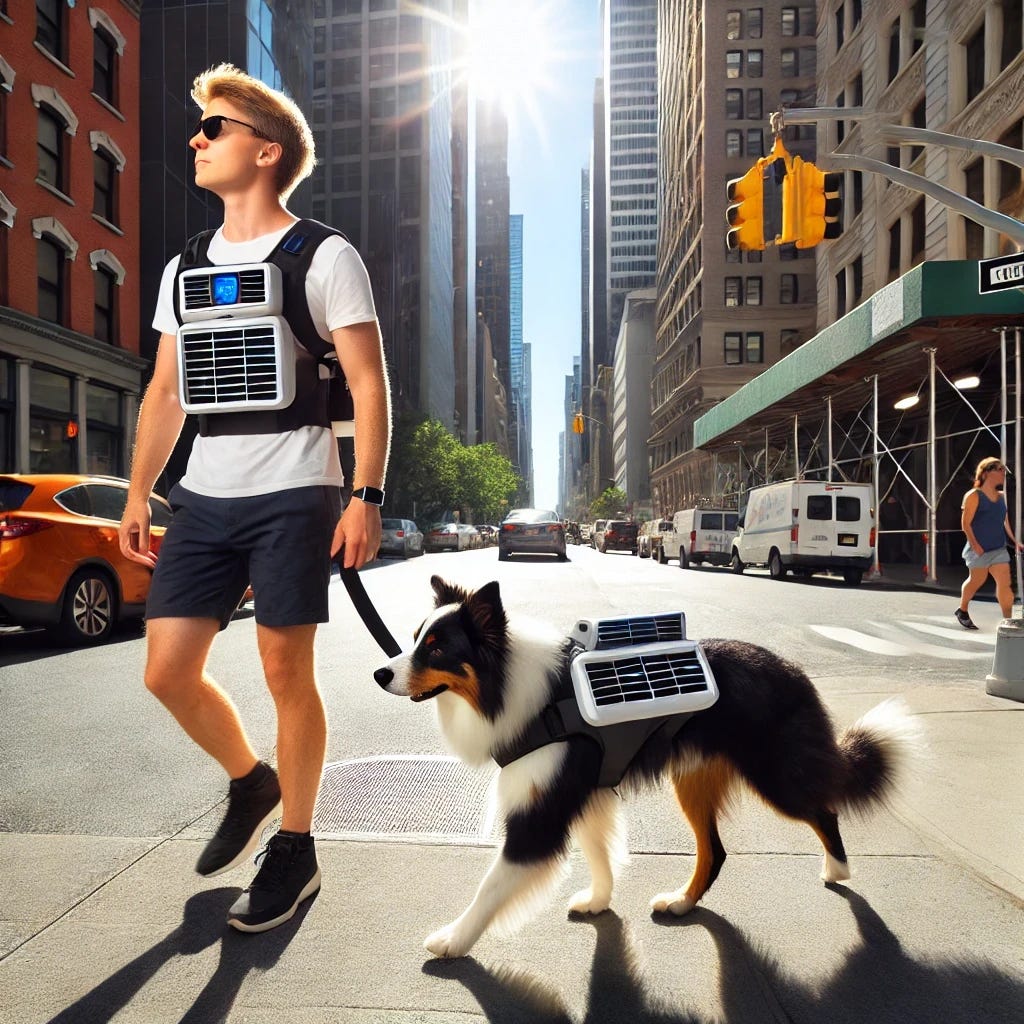































 Arguments
Arguments





















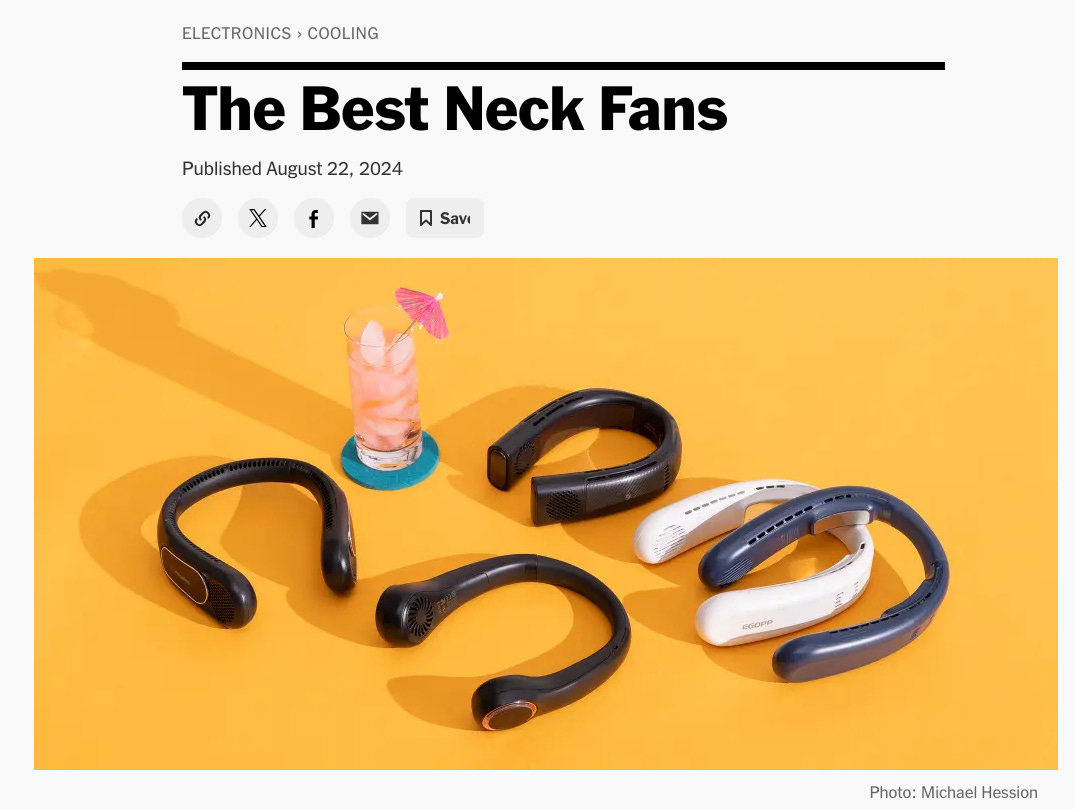

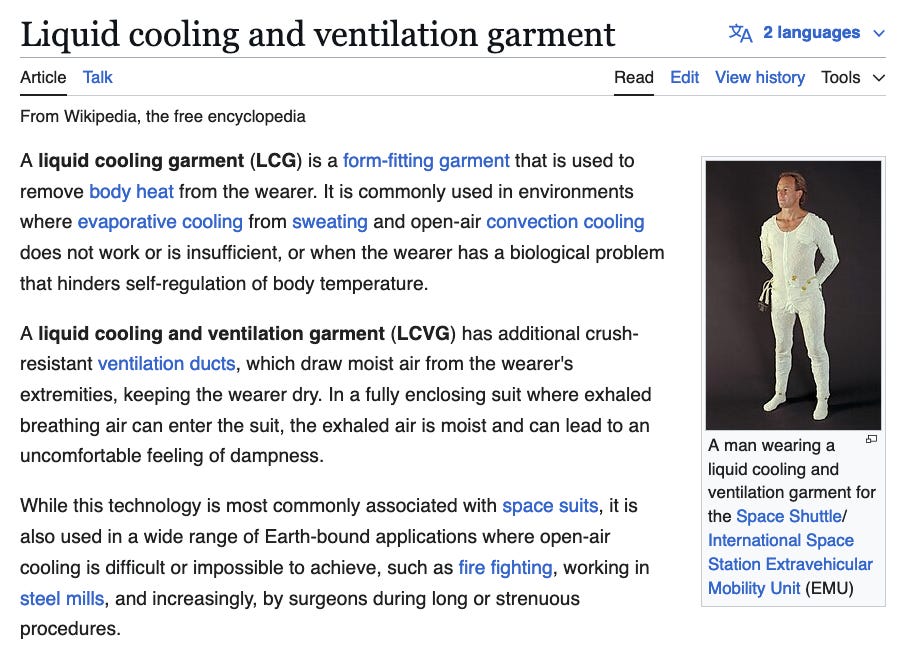









More GW meaning more personal cooling and home cooling a bit of a positive feedback there. I suppose one might argue less space heating in the winter required though .
Regardless a more divided world means more procrastination is tolerated.
Neck fans are are very well and enclosed sports stadiums might keep fans cool but who will cool off all the cattle and other farm animals raised outside? It is impossible to provide air conditioning for all animals. Not to mention that basic crops like corn, grass and wheat are heat sensitive. Look at what it is like around Phoenix. If it gets that hot throughout Texas and further north agricultural production will plummet.
Shaded cooling chairs to watch soccer are fine but what about the kids running around with no shade? They will all overheat. Think these "solutions" through. Everyone cannot move to Canada.
Every bit of new cooling adds to the problem, regardless of scale, because the removed heat can only be ejected to the receiving reservoir if it is at higher temperature than the reservoir, and in doing so raises the temperature of the reservoir, making it necessary to raise the ejected heat's temperature even further. This is a nasty positive feedback loop that noticably raises the cooling load and outdoor temperature in cities, where the ejected heat load per squre foot is high and air circulation to air outside city limits may be poor.